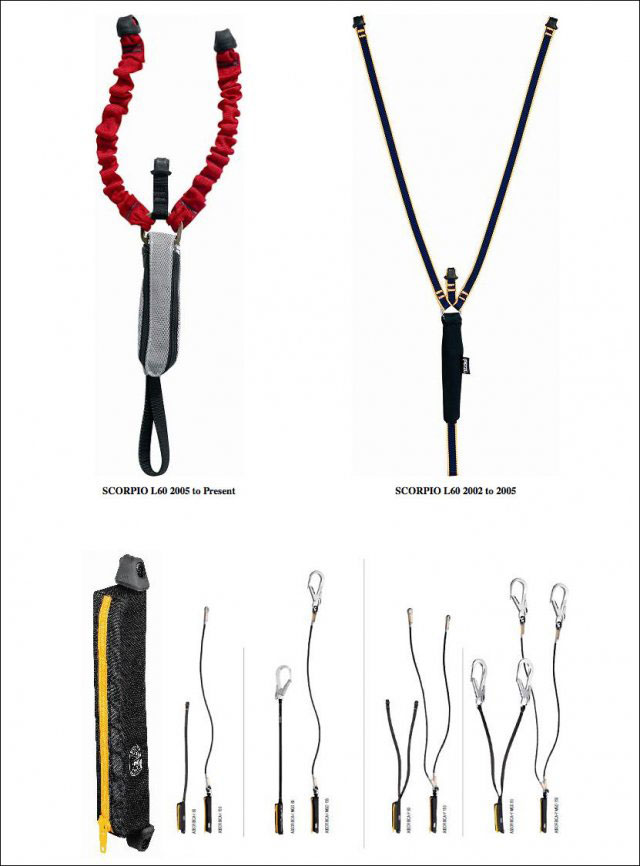 FEMA and the FCC will conduct the first “nationwide” test of the Emergency Alert System (EAS) on Nov. 9 at 2 p.m. Eastern time. The test may last up to three and a half minutes, FEMA announced. The test will involve broadcast radio and television stations, cable TV, satellite radio and TV services, and wireline video service providers in all states and the territories of Puerto Rico, the U.S. Virgin Islands, and American Samoa. The two agencies said this test will help the federal partners and EAS participants determine the reliability of the system and its effectiveness at notifying the public of critical information that could save lives and protect property.
FEMA and the FCC will conduct the first “nationwide” test of the Emergency Alert System (EAS) on Nov. 9 at 2 p.m. Eastern time. The test may last up to three and a half minutes, FEMA announced. The test will involve broadcast radio and television stations, cable TV, satellite radio and TV services, and wireline video service providers in all states and the territories of Puerto Rico, the U.S. Virgin Islands, and American Samoa. The two agencies said this test will help the federal partners and EAS participants determine the reliability of the system and its effectiveness at notifying the public of critical information that could save lives and protect property.
“The upcoming national test is critical to ensuring that the EAS works as designed,” said Jamie Barnett, chief of FCC’s Public Safety and Homeland Security Bureau. “As recent disasters here at home and in Japan have reminded us, a reliable and effective emergency alert and warning system is key to ensuring the public’s safety during times of emergency. We look forward to working with FEMA in preparation for this important test.”
(as reported in OH&S; Jun 09, 2011)



 For other situations, if communications with the rescue subject are established in six minutes or less, and it is determined that the victim is relatively unharmed (alert and oriented, good airway and breathing, and no signs of active bleeding) then the urgency is reduced and a more measured approach to the rescue could be employed. There is still the potential for suspension trauma to develop over a range of several minutes, so a “prompt” but measured rescue would still be necessary.
For other situations, if communications with the rescue subject are established in six minutes or less, and it is determined that the victim is relatively unharmed (alert and oriented, good airway and breathing, and no signs of active bleeding) then the urgency is reduced and a more measured approach to the rescue could be employed. There is still the potential for suspension trauma to develop over a range of several minutes, so a “prompt” but measured rescue would still be necessary. Question: If I close and Lockout/Tagout the main valve on the natural gas line supplying a boiler unit – does this satisfy OSHA’s requirement for eliminating the hazard of a permit required confined space?
Question: If I close and Lockout/Tagout the main valve on the natural gas line supplying a boiler unit – does this satisfy OSHA’s requirement for eliminating the hazard of a permit required confined space?


